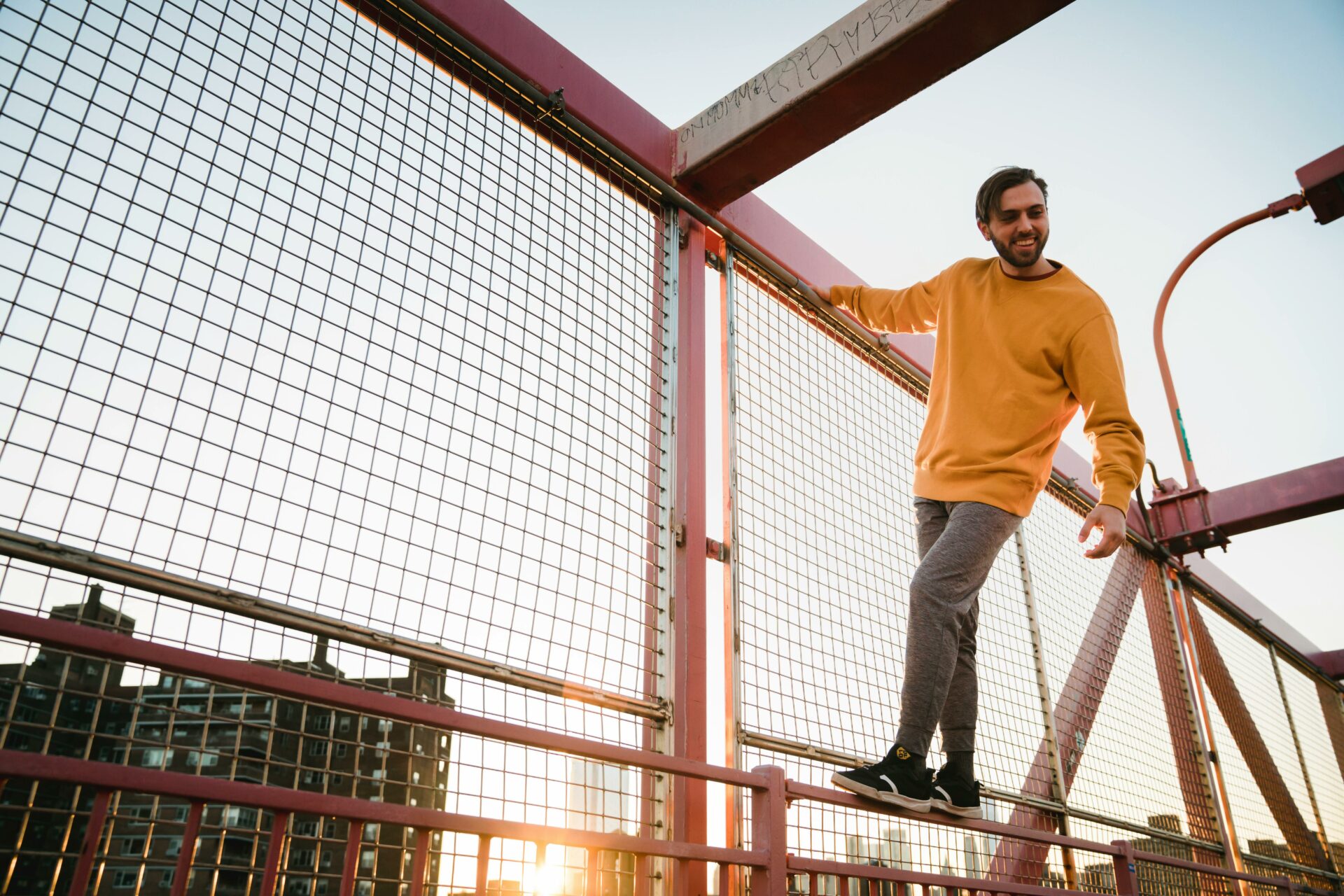Light & Dark: Surprising Relevance to Sleep and Wakefulness

The remarkable system which is the human body is at once one with the environment and has also adapted and applied increased brain power to anticipate what it cannot control. This is exemplified in our unique response to the rise and set of the sun. It is no wonder our ancient ancestors worshiped the sun. It brought light and warmth and caused plants to grow and people to thrive. As long as there have been people, it has signaled the beginning and end to the day to them and symbolized life energy and prosperity.
Over time, humans developed a biological timing system related to this cycle that served to help maintain a similar timing but operate independently from environmental cues. (Deboer) This enables us to maintain a similar cycle whether we sleep under the stars or work through the night and sleep during off hours. If it were simple that would be fine but these circadian rhythms are one reason why some people can’t seem to get enough sleep or train their brains to sleep at the “right” time.
The word Circadian means “about a day” and comes from the Latin circa meaning “around” and dies meaning “day”. Significantly, circadian rhythms are not exactly a day. In fact, our brains are constantly operating against a 24 hour day since these cycles have been shown to be more like 24 + 15 minutes to 24 and a half hour periods. Studies have shown that if people are put in a dark room without the aid of external stimuli they will often maintain a greater than 24 hour sleep/wake cycle.
This explains why it is easier to travel over time zones going west rather than east as our day is constantly being truncated. When we travel west we get a chance to ‘make up for lost time’ since the time change allows us to expand our day. The real world, however, does not operate this way and we are continually working against the clock.
This is fine for some people but can create challenges for others. Those who suffer from insomnia must, in addition to everything else, work against their brain’s natural tendencies to want to expand the sleep period. Chronobiology is the study of biological rhythms and focuses on the study of physiological and psychological responses to stimuli. Disorders that are affected by difficulties with these rhythms affect sleep and mood. Those who suffer from Seasonal Affective Disorder in northern geographies need to expose their eyes to sufficient light during the day in winter months, as importantly as removing sources of light when sleeping, to aid their bodies in working for them rather than against.
We can, however, apply our brains to assist in small ways to improve our synchronicity with these cycles. An important and effective trick is the use of Zeitgebers. Zeitgebers come from the German zeit (time) and geber (giver) and are external cues that may be applied to directly affect our own biological responses.
How can you use light and dark to improve your sleep/wake cycle? Here are a few pointers:
- Maintain a regular sleep cycle going to bed at the same time and waking at the same time;
- Prepare your sleep space to be as dark as possible with either black out curtains/blinds or wear a quality sleep mask;
- Consider a light therapy device for morning to dispel sleepiness naturally and stimulate natural serotonin production;
- Establish your own sleep rituals that will trigger personal zeitgebers. A half an hour before bed create your own sleep ritual that you look forward to that calms you and signals to your brain that you are getting ready for sleep.
Make Zenbev a “time-giver” ritual that both helps trigger time for sleep and begins to stimulate natural serotonin and melatonin production.


